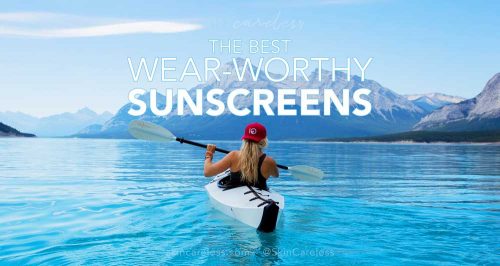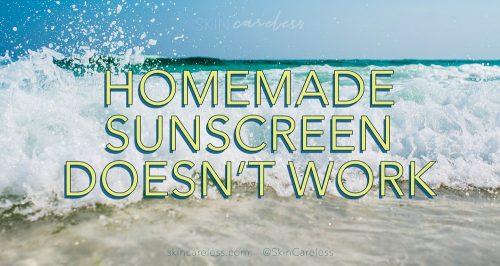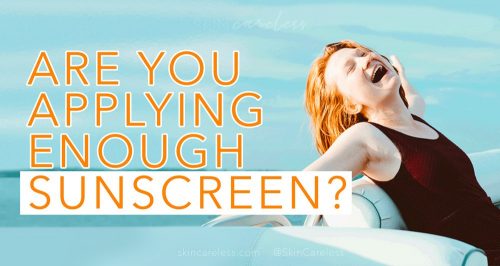Let’s face it – few people love the feeling of sunscreen.
Even though we all know by now how great sunscreen is, go for a walk in the summer months with friends or ask any adult traumatised by childhood memories of being slathered in goopy sunblock and zinc sticks and you’ll hear the phrase:
“I don’t need sunscreen, I’ll just wear a hat!”
But how true is this claim? Can hats really match the protection of a well formulated sunscreen? Do they do anything at all?
The simple answer to these questions is that while hats can be a great addition for protection against direct overhead light, they can’t do what sunscreen can. There are three factors at play – the style of the hat, the UPF rating, and indirect UV rays.
What determines a hat’s effectiveness?
Size and Style
First and most obviously is the style and size of the hat. A broad brim or bucket hat with a brim of at least 6cm wide is ideal and this will cover most angles of the face. Let’s be real, a baseball cap isn’t going to do a lot in terms of sun protection for your ears, neck, chest and lower face.
UPF Ratings
Secondly, learn your UPF ratings. UPF stands for Ultraviolet Protection Factor and indicates how much harmful UV light a piece of material filters out. Many factors contribute to a fabric’s UPF rating – the Australian Radiation Protection and Nuclear Safety Agency (ARPANSA) discusses some on their website. This handy number lets you know what fraction of UV rays can get through the fabric. A UPF rating of 50 (the gold standard) lets in only 1/50th or 98% less UV as compared to no hat at all. The most effective hats, and clothing in general, will be made of a high UPF rated fabric. (I personally even have a tent made from high-UPF fabric for protection while camping!) Many specialty sun-care and online stores sell hats like these in a great range of colours and styles, so there’s no excuse!
For more in-depth reading about the science behind UPF in clothing, see this interesting article from ARPANSA.
Indirect Light
Finally, and the factor which is the inevitable deal breaker, is the existence of indirect rays reflected off other surfaces. Anyone who has suffered from snow-blindness after a day on the ski slopes, or gotten a nasty sunburn at the beach, knows about this. The reflection of 15-50% of UV from that bright white snow, hot sand, or sea foam renders a hat fairly useless. Think of the silver sun reflectors people shine at themselves by the pool to deepen their tan – the UV rays don’t just come from above, but also below and a whole host of other directions. This drastically increases the total amount of UV you’re exposed to. All sorts of materials reflect UV rays to varying degrees, including concrete, glass and water.
Similarly, early in the morning and late in the afternoon, the sun’s rays come from a lower angle and can get under the brim of even the floppiest hats. And on overcast days, clouds scatter and bounce UVA (the culprit behind skin cancer and ageing, that doesn’t cause burns or tans and is able to penetrate clouds and glass) and some UVB rays. This can in fact make the UV *worse* than on sunny days. If you’re out and about and only using your hat for sun protection, you’ll still be getting some UV exposure from reflected, scattered, and low-angle light!
So are hats any good?
Unfortunately, hats have flaws that make them less than perfect. While they’re better than no protection at all and don’t require reapplication like sunscreen does, hats are not fool-proof and you should ideally use them as a supplement to consistent sunscreen use.
Do you wear a hat regularly? Or are you like me, and will happily trade the feeling of wearing sunscreen (my favourite is Sunplay Superblock if you’re curious) for knowing your skin is protected from all angles?






[…] you’ve read any of my posts about hats, tanning, how much daily face sunscreen to use, what SPF number it should be, or why it can’t […]